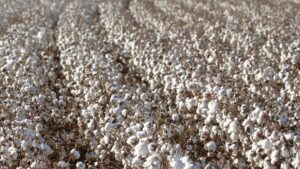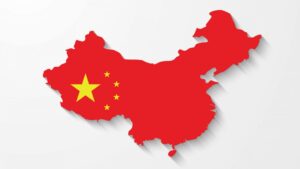With the 2014 ISF World Seed Congress in Beijing, China, coming up, it is worthwhile to take a look at how agriculture will develop in the coming decades and the influence that developments in China will have on world markets.
In industrialized countries for the past couple of decades, agriculture could best be characterized by surpluses in production, which were policy-induced. On the other hand, we’ve seen stagnating growth in developing countries. Looking specifically at the seed sector, ISF data shows that the global domestic market value of seeds for sowing has increased from $13 billion in 1979 to well over $46 billion in 2013. At the same time, the value of exported seeds has shot up from a little less than $1 billion in 1970 to more than $10 billion in 2013, a more than tenfold increase.
About 1.3 billion tons of food is lost or wasted worldwide in farmers’ fields and from consumers’ plates. |
The recently published OECD-FAO Agricultural Outlook for 2013-2022, predicts that as a result of slower area and productivity growth, the increase in agricultural production is likely to slow down in the coming decade. Prices are expected to remain relatively high and supply should be able to keep pace with demand. It’s good to realize that the seed industry is only one of the actors in this field. For example, it is horrifying to see that each year, about 1.3 billion tons of food is lost or wasted worldwide in farmers’ fields and from consumers’ plates. This translates into one out of every four calories produced by the global agricultural system. This situation poses a serious challenge to the world’s ability to reduce hunger and meet the food needs of the rapidly-expanding global population. Therefore, measures to reduce food loss and waste will be important in meeting rising demand and for increasing productivity.
In the next decade, the production of ethanol will increase by 67 percent. By 2022, biofuel production is projected to consume a significant amount of the total world production of sugar cane, vegetable oils and coarse grains. The production of sugar is predicted to increase, mainly from sugar cane in Brazil and India.
China has one-fifth of the world’s population, and Chinese agriculture and its developments are likely to have a major influence on world markets. As production in the country is increasingly constrained, and demand keeps growing stronger, China will likely need to rely more on agricultural imports.
Food security and self-sufficiency in the key food crops (rice and wheat) have been top priorities for Chinese politicians, and the output has grown between four and five times since 1978. This is due to agricultural and rural reforms. But at the same time, food price inflation has also been rising in the past couple of years and the agricultural output is likely to slow down in the next 10 years, especially due to barriers such as rural labor and resources.
China has been working hard at achieving its Millennium Development Goals, especially with regards to reducing undernourishment. The number of undernourished people has fallen by a staggering 100 million since 1990, despite a population increase of 200 million.
The above-mentioned barriers in resources and resulting slowdown in production means that consumption in China will slowly start outpacing production at a speed of around 0.3 percent per year. The Chinese government has implemented a policy that no further land can exit from agriculture, and its 12th five-year plan has set very specific targets for rice, wheat, coarse grain, soybeans and tubers in terms of area and production.
Globally, as a result of man-made fibers, cotton will continue to lose market share. The cotton area in China is projected to decline by as much as 21 percent, and cotton production is expected to decline by about 17 percent. This is due to higher competition with textiles from India, and other countries with low labor costs. India is projected to increase its cotton production by 25 percent, which would make it the world’s largest producer.
Marcel Bruins, Secretary-General, International Seed Federation












